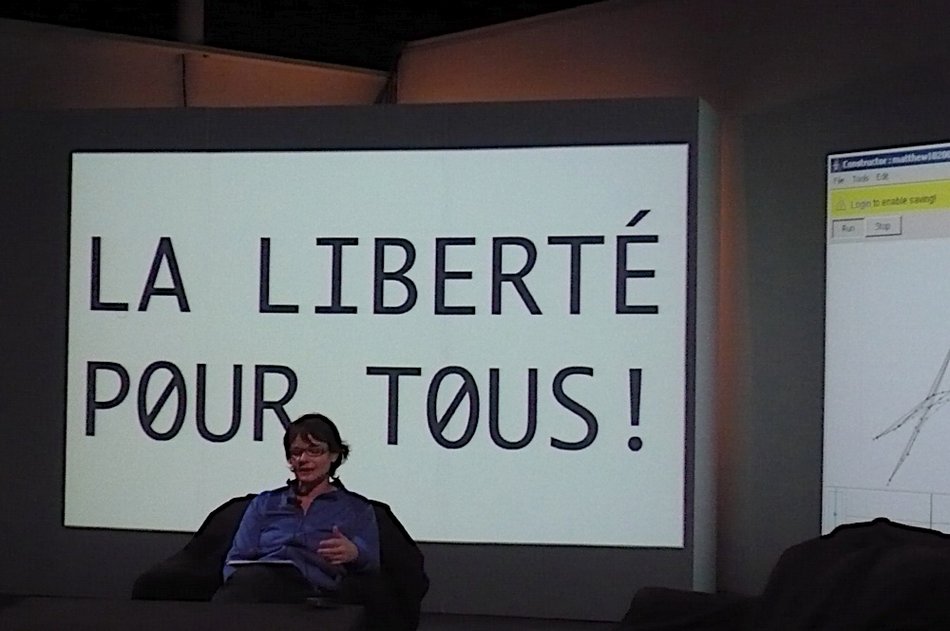
Permacultures
Click here to find out what current SPACE residency artists are working on.
SPACE developed residencies for artists exploring technology and media culture against the backdrop of apparent ecological crisis, hosting 1-3 month residencies in the MediaLab and supporting artists to develop and produce new work.
The residency programme was complimented by talks and Do It Yourself technology workshops.
Check out our the PERMACULTURES blog:
http://permablog.spacestudios.org.uk/
PERMACULTURES took its name from a term coined by Australians Bill Mollison and David Holmgren to describe their methods for sustainable agricultural design. To vastly simplify their theories, they use observation and feed-back to design a system that uses the differences between growing areas and plants to compliment each other. From this theory developed a general philosophy for sustainable design around the interconnection and relationships between differing areas or objects. It can be seen as an 'alternative' science holding an earth based value system that challenges scientific knowledge systems and modern late-capitalistic values. It asks difficult questions such as; how much is enough? or how much do I need?
Media art, for want of a better word, occupies a strange middle ground somewhere between contemporary art, software development, advertising and design. It does not fit neatly in any area and often asks difficult questions. Artists as feed-back for future design.
Permacultures

Permacultures #24: Tobias Revell

Permacultures #23: Una Knox

Permacultures #22: Jamie George

Permacultures #21: Renee Carmichael

Permacultures #20: Hannah Black

Permacultures #19: Timur Si Qin

Permacultures #18: The Crystal World

Permacultures #7: Mikey Tomkins Edible Map

Permacultures #17: YKON

Permacultures #13-16: The Really Wild Show Residencies

Permacultures #12: Rehana Zaman

Permacultures #10: Josh Love

Permacultures #9: Andy Weir

Permacultures #8: Yuri Pattison

Permacultures #6: Goto10

Permacultures #5: !Mediengruppe Bitnik

Permacultures #4: Anne Roquigny

Permacultures #3: Richard Sides

Permacultures #2: Nick Laessing

Permacultures # 1: Simon Blackmore

PERMACULTURES Talks








